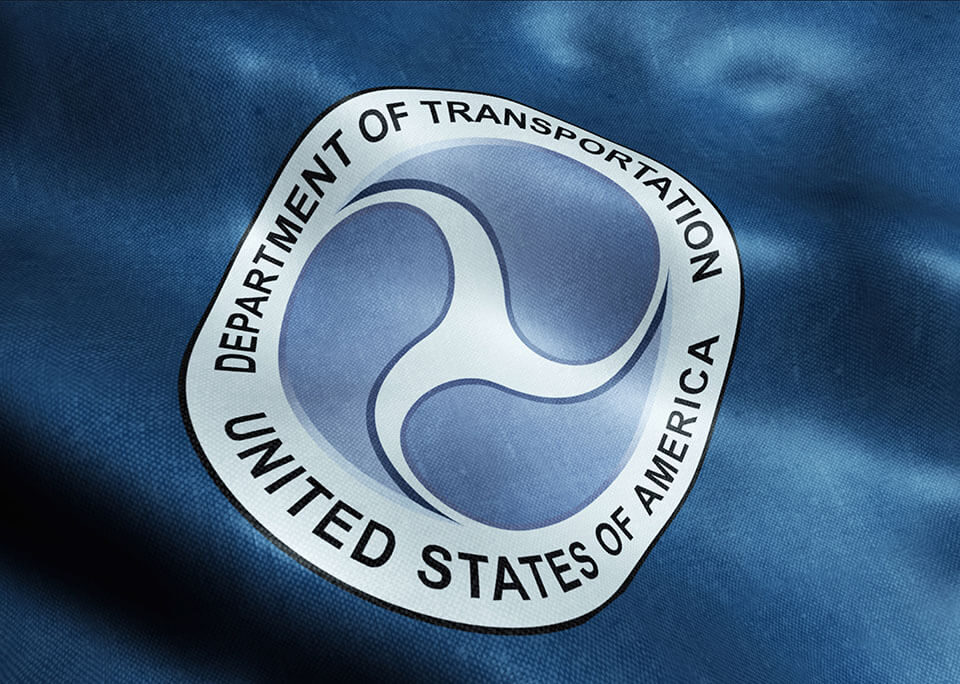Receiving a CSA warning letter can be frightening. What does it mean and what can you do to ensure you don't receive one in the future? A CSA, or Compliance, Safety, Accountability program is an organization that checks the safety of your rigs, drivers, and practices. If they find something wanting, then they issue you a CSA warning letter or a fine.
The warning letter enables you to fix the problem that they found before you receive a fine. You'll also receive a conditional rating. This means that your truck, driver, or practices do not meet the standards issued by the FMCSA. By not fixing the problem, you're at risk of losing your registration with the FMCSA.
Receiving a safety audit is common. It can also happen at any time. Roadside inspections can lead to a safety audit. There are eight different levels that the inspector can choose to investigate the vehicle or driver with. Here's a brief explanation of each of them.
Level 1: North American Standard Inspection
This is the most thorough inspection your driver can receive. It has 37 steps and includes an inspection of both the driver and vehicle. This inspection is the most common.
During the inspection, the safety officer may examine items like:
• Suspension
• Tires
• Frames
• Cargo securement
• Fuel systems
• Lighting systems
• Electrical cables
• Emergency systems
As for the driver, they may examine the following:
• Seatbelt usage
• RODS compliance
• Commercial Driver License
• Permits
• Drug or alcohol usage
There are other checks that the safety officer may also make. If your driver or vehicle fails a check, then you may receive a safety audit.
Level 2: Walk-Around Driver and Vehicle Inspection
This inspection includes many of the same checks from a level 1 inspection. However, the safety officer won't investigate anything under the vehicle. They'll focus their attention on what they can see from the driver and the vehicle by just walking around them.
Level 3: Driver-Only Inspection
Should the safety officer suspect that the driver isn't acting safely, then they can conduct a level 3 safety investigation. During this investigation, the safety officer will check the driver for any signs of drug or alcohol use. They'll also inspect their record of duty status, their SPE certificate, and their hours of service.
Level 4: Special Inspection
If the safety officer expects that one particular item may be faulty, then they can conduct a special inspection check. This means that they investigate one particular item to determine if it follows the proper safety regulations. It can also be done to refute a trend. Sometimes if the safety officer suspects that other cargo may be carried with the normal cargo, they'll conduct a special inspection to either verify or refute their suspicion.
Level 5: Vehicle-Only Inspection
A Level 5 inspection is often as thorough as a Level 1 inspection. However, the driver is left out of it. The safety officer will thoroughly inspect every aspect of the vehicle. They will also check to ensure hazardous cargo is secured properly.
Level 6: Enhanced NAS Inspection for Radioactive Shipments
This special inspection is used when the truck is transporting radioactive material. Both the truck and the driver must be defect-free before they're allowed to continue their transport. The safety officer will check to ensure the material is safely secured and stored. They'll also ensure all regulations and requirements are met for the transport. If your vehicle passes the inspection, then it will be given a special decal to indicate to other officers that it has passed.
Level 7: Jurisdictional Mandated Commercial Vehicle Inspection
When you operate a shuttle business, a school bus, or a shared-ride transport, then you may be subjected to this kind of inspection. The safety officer will conduct similar checks based on the Level 1 investigation. Except it will go into greater detail based on the kind of vehicle and transport that they're inspecting. These investigations are performed by designated government employees or jurisdiction-approved contractors.
Level 8: North American Standard Electronic Inspection
Sometimes the truck does not need to be stopped in order to undergo an investigation. Some safety officers can use software to determine the safety of a vehicle and driver. The truck needs to have certain data points available for an officer to access at any time.
Some of that information includes:
• License status
• GPS coordinates
• USDOT number
• Operating authority
• Hours of service compliance
The officer may also require other pieces of information, licenses, or permits. To ensure you're able to pass your inspections, you can rely on us to help you pass an audit. You can also use our consulting services to prevent CSA warnings in the first place.




